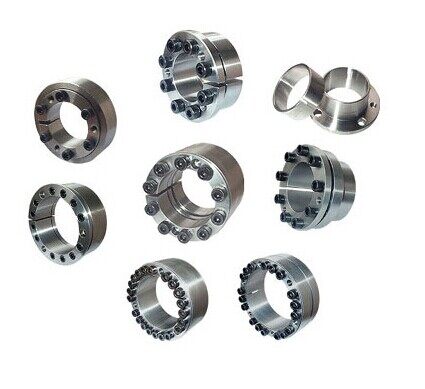Kesalahan format email
emailCannotEmpty
emailDoesExist
pwdLetterLimtTip
inconsistentPwd
pwdLetterLimtTip
inconsistentPwd

Berita
Advantages and Disadvantages of Hard Rail and Linear Rail of CNC Machining Center
We know that in addition to vertical and horizontal machining centers, hard rails and linear rails are also a way to distinguish models. Hard rail and linear rail have their advantages and disadvantages, but this is not the difference between the two models, but they are used in different processing occasions according to different characteristics. Generally speaking, when processing workpiece products, line rails can be selected. If it is a machining mold, you can choose a hard rail. Linear rails are more precise than hard rails, but hard rails are more durable.

What are hard rails and linear rails?
The hard rail refers to the casting that the guide rail and the bed are integrated, and then the guide rail is processed based on the casting. That is, the shape of the guide rail is cast on the bed, and then the guide rail is processed after quenching and grinding. There are also guide rails that are not necessarily integrated with the bed and the guide rail. For example, the inlaid steel guide rail is nailed to the bed after processing.
Linear guides usually refer to rolling guides, which are the ones used in linear modules that are often used in the machine tool industry. We usually call this type of component "linear guides".
Advantages of hard rails
The hard rail can bear a larger load and is suitable for roughing with large tool volume and large feed. In addition, the contact area of the guide rail is larger, and the processing process is more stable, which is suitable for the processing process with high vibration requirements.
Disadvantages of hard rails
Low precision
Hard rails are generally formed by casting, and casting defects such as sand inclusions and pores are prone to occur in the material. These casting defects have an adverse effect on the service life of the guide rail and the accuracy of the CNC machining center.
Short service life
The service life of the hard rail is relatively short. Under the same maintenance and use conditions, the general service life of hard rails is less than the service life of linear rails. It has to do with how they exercise. Hard rails operate with sliding friction, while linear rails operate with rolling friction. The friction force of the hard rail is greater than that of the linear rail, especially in the case of insufficient lubrication, the service life of the hard rail is shorter than that of the linear rail.
High maintenance cost
The maintenance of hard rails is higher than that of linear rails in terms of difficulty and cost. If the scraping allowance is insufficient, all the large pieces that may involve the equipment will be dismantled. The line rails only need to be replaced with the corresponding line rails, which basically will not affect the use of large components.
Advantages of linear rails
The assembly of the line rail is convenient and simple, and the assembly work can be completed with a little training. There is a lot of room for selection. Whether it is from the structural form of the line rail, the accuracy level, the lubrication method or the load-bearing capacity, the required line rail model can be configured according to the specific conditions of the CNC machining center. In addition, the running speed of the line rail is fast, the machining accuracy is high, the service life is long, and the maintenance cost is low.
Disadvantages of linear rails
The load-bearing capacity and stability are weaker than that of hard rails.
Most of the CNC machining centers configured on our machine tools are "two lines and one hard", which can take into account the load-bearing capacity and processing stability while ensuring accuracy.
Conclusion
For more information about second hand cnc milling machine,bar feeder cnc,cnc mill price, we are glad to answer for you.

